Custom printing and embroidery
We work with a number of printers and embroiderers and are able to offer a large selection of different printing and embroidery processes
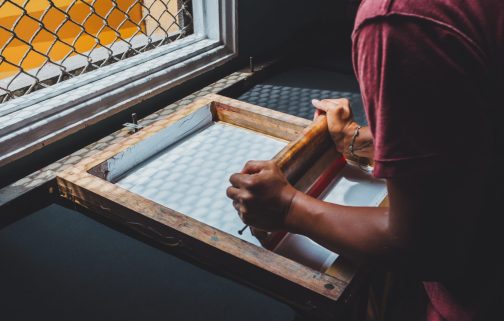
Screen printing
Screen printing is a traditional printing technique that uses a taut screen and a stencil covered with a design. The ink is passed onto the T-shirt through the open part of the screen to create the design.
Screen printing is suitable for large areas, complex designs and high levels of pattern detail. It can be layered using multiple colors of ink for more color variation.
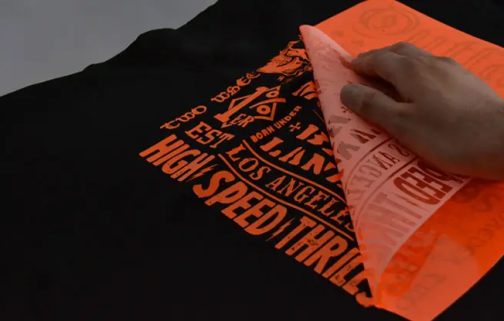
Heat Transfer
Heat transfer is the process of transferring a design from heat transfer paper to a T-shirt. The design is first printed on special paper and then transferred onto the garment fibers using heat pressure.
Heat transfer is suitable for smaller designs and logos as it provides high resolution and fine detail. This technique is suitable for mass production and personalization as it can be done relatively quickly.
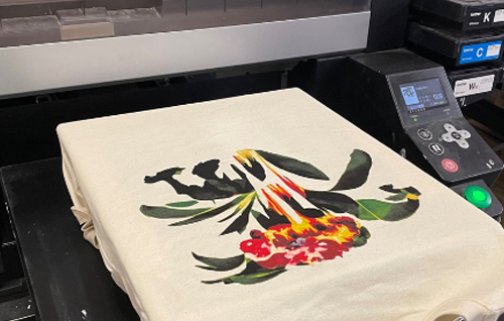
Digital Printing
Digital printing uses a special inkjet printer to print the design directly onto the t-shirt. .
This technology is suitable for complex patterns, multi-color and gradient color designs. Digital printing allows for high resolution images and can be personalized as required. It also offers the advantage of fast printing.

Dye Sublimation
Dye printing is achieved by printing the design onto special transfer paper and then using heat pressure to transfer the dye into the T-shirt fibers.
This technique is suitable for full-width printing and intricate designs as the dye penetrates the T-shirt fibers to produce a long-lasting, high-quality pattern. Dye printing offers vibrant colors and crisp details, and the printed designs will not fade or wear off.

Embossed
Embossing is a decoration technique that creates a variety of different raised patterns or textured effects on fabrics by applying heat and pressure to the surface of the fabric. This includes flowers, patterns, text, textures etc.
It can be used to add visual appeal and texture to fabrics as well as enriching the details of a garment design.
It is important to note that when using embossing techniques it is important to choose the right fabric, as different fabrics may react differently to heat pressing and texturing effects.
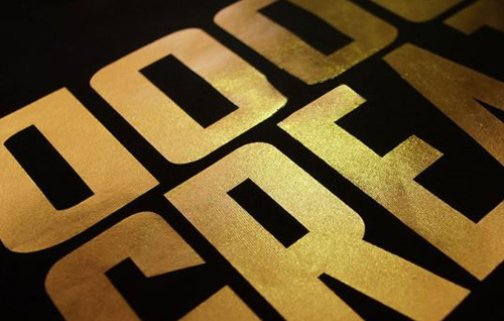
Metallic Foil Screen Print
Foil stamping is a common decorative technique used to add a metallic effect to the surface of an object.
It is done by applying a metallic foil or foil to an object, using heat and pressure to bond it to the surface to create a metallic pattern, text or decoration
It is important to note that foil stamping is a specialist technique and often requires special foil stamping equipment and technical knowledge.
Therefore, for mass production or complex foil stamping needs, it is recommended to work with a specialist foil stamping printing service provider to ensure the best results and quality.
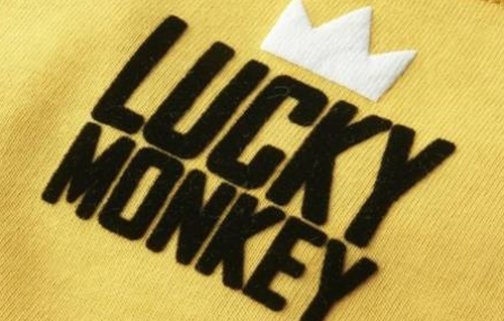
Flocked print
Embossing is a decoration technique that creates a variety of different raised patterns or textured effects on fabrics by applying heat and pressure to the surface of the fabric. This includes flowers, patterns, text, textures etc.
It can be used to add visual appeal and texture to fabrics as well as enriching the details of a garment design.
It is important to note that when using embossing techniques it is important to choose the right fabric, as different fabrics may react differently to heat pressing and texturing effects.
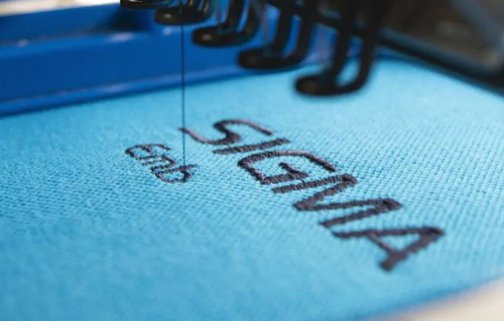
Flat Embroidery
Flat embroidery is one of the most common and traditional embroidery techniques. It uses different colored threads to embroider flat patterns and designs on fabric.
Flat embroidery can be done on a variety of garments and textiles, such as shirts, hats, bags, etc. It is usually used for simple embroidery designs such as logos, text and patterns.
Flat embroidery can be achieved on a variety of fabrics, from cotton to linen, silk and nylon.
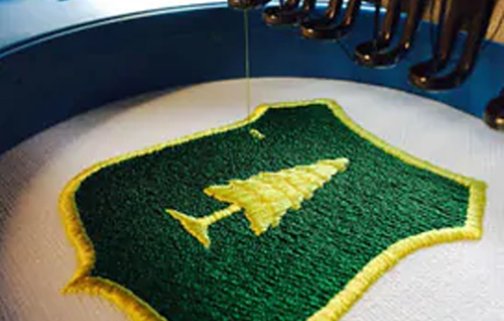
3D embroidery
3D embroidery is a special embroidery technique that creates a three-dimensional effect on top of flat embroidery by using a filler thread or filler material. This allows the pattern or text to be raised on the fabric, creating a more vivid and realistic appearance.
3D embroidery is often used on garments such as hats, shirts and sportswear to add visual appeal and texture. It is particularly suitable for designs such as logos, images and text where a stand-out effect is required.
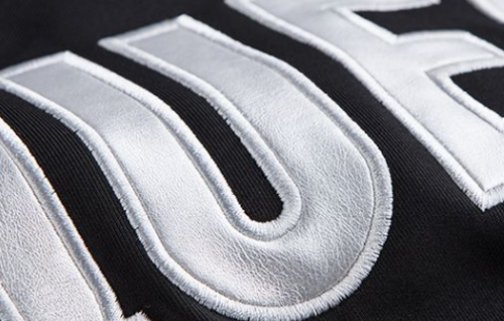
Appliqué Embroidery
Applique embroidery is an embroidery technique in which a fabric patch that has already been created is stitched onto the main fabric. This type of embroidery allows for the creation of multi-layered, multi-colored and rich patterns on garments.
Patch embroidery is commonly used to create clothes, sportswear, trousers and jackets. It is suitable for creating unique designs, particularly where rich textures and layered embellishments are required.
.
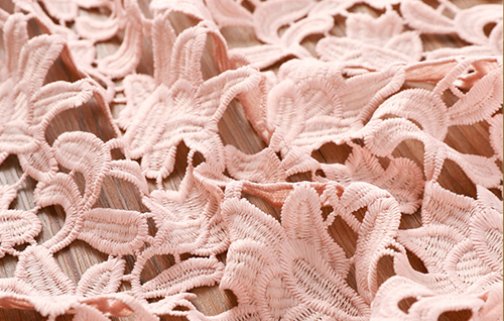
Cutwork Embroidery
Openwork embroidery involves creating an opening or openwork effect by embroidering a specific pattern on the fabric and cutting the fabric inside the pattern.
This type of embroidery is often used to create delicate women’s garments such as dresses, evening gowns and wedding gowns.
Openwork embroidery can create delicate and intricate patterns and details adding unique artistic and premium details to garments.